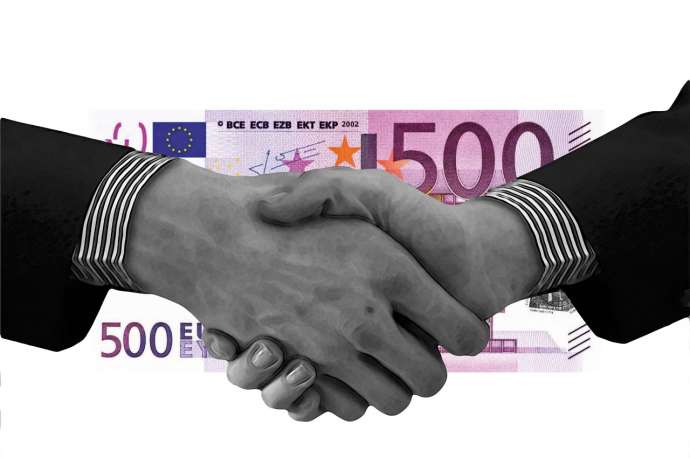STA, 8 October 2019 - Slovenia has earned a new reproof for the slow uptake of EU funds as the country's member of the European Court of Auditors reported that by the end of 2018 the country had only used 24.2% of the funding available for the period between 2014 and 2020.
Presenting the annual report for 2018 in Brussels, Samo Jereb said that the uptake rate was rather low the fifth year into the current financial framework, in particular compared to the fifth year of the previous framework when the rate was 37%.
While Slovenia is one of the least problematic countries when it comes to correctness of budget implementation, it is one of the poorest performing member countries in terms of the use of the available funding.
Slovenia is also one the countries with the biggest difference in the uptake rates in 2018 and 2011, which Jereb says is partly owing to that fact that in 2014 and 2015 Slovenia was focused on drawing funds from the previous financial framework, hence a delay in the uptake of current funds.
Part of the delay may be attributed to the late adoption of the legal basis at the EU level as well as to the fact that the current financial framework is more demanding than the previous one so countries have more problems adjusting their programmes to the new rules.
Slovenia's uptake rate, at 24.2% for 2018, is below the EU average of 27.3%, after being above the EU average of 33.4% in 2011, at 37%. Last year Slovenia was the fifth worst performing country, and it is the sixth this year, having come ahead of Slovakia.
According to the table released by the court, the lowest proportions of the available EU funding have been taken up by Croatia, Malta, Italy and Spain, while Finland comes first having used up more than half of the funding available in the current perspective.
Jereb explained that the European Commission had demanded EUR 8 billion worth of advance funds back from the member countries that failed to use the planned volume of available funding. The payments were then relocated to the member countries that implemented more than planned investments between July 2016 and June 2017.
Jereb would not go into details because the Commission's decisions are confidential, but he did say that the countries that benefited from the redistribution of funds were those with low uptake rates.
Slovenia got the final stamp of approval for EUR 73 million from three cohesion and structural funds in 2018 - the Cohesion Fund, European Regional Development Fund and the European Social Fund - related to investment implemented between July 2016 and June 2017. Last year the sum was zero.
Slovenia is also the only EU country that had not yet put in place in 2018 a system of indicators to monitor the effectiveness of implementation of EU-funded programmes, but only did so this year, Jereb noted.
Responding to the report, the Government Development and Cohesion Policy Office said that the 24% mentioned by Jereb included only the final phase of EU funds uptake - the payouts from the EU to the state budget.
The figure leaves out the first two phases, which see Slovenia well on its way to draw the entirety of the funds available to it, according to the office.
EUR 3.068 billion is available to Slovenia in 2014-2020 and can be drawn until 2023. Between January 2014 and August 2019 EUR 2.52 billion in EU funds has been allocated to various projects, which accounts for 82% of all funds available.
Meanwhile, EUR 2.02 billion worth of projects, representing 66% of funds, have been carried out by the end of August, while EUR 851 million has been paid out by the state budget, which accounts for 28%.
By the end of September, Slovenia forwarded to Brussels EUR 812 million worth of claims, or 26.4% of funds available, the government office said.






